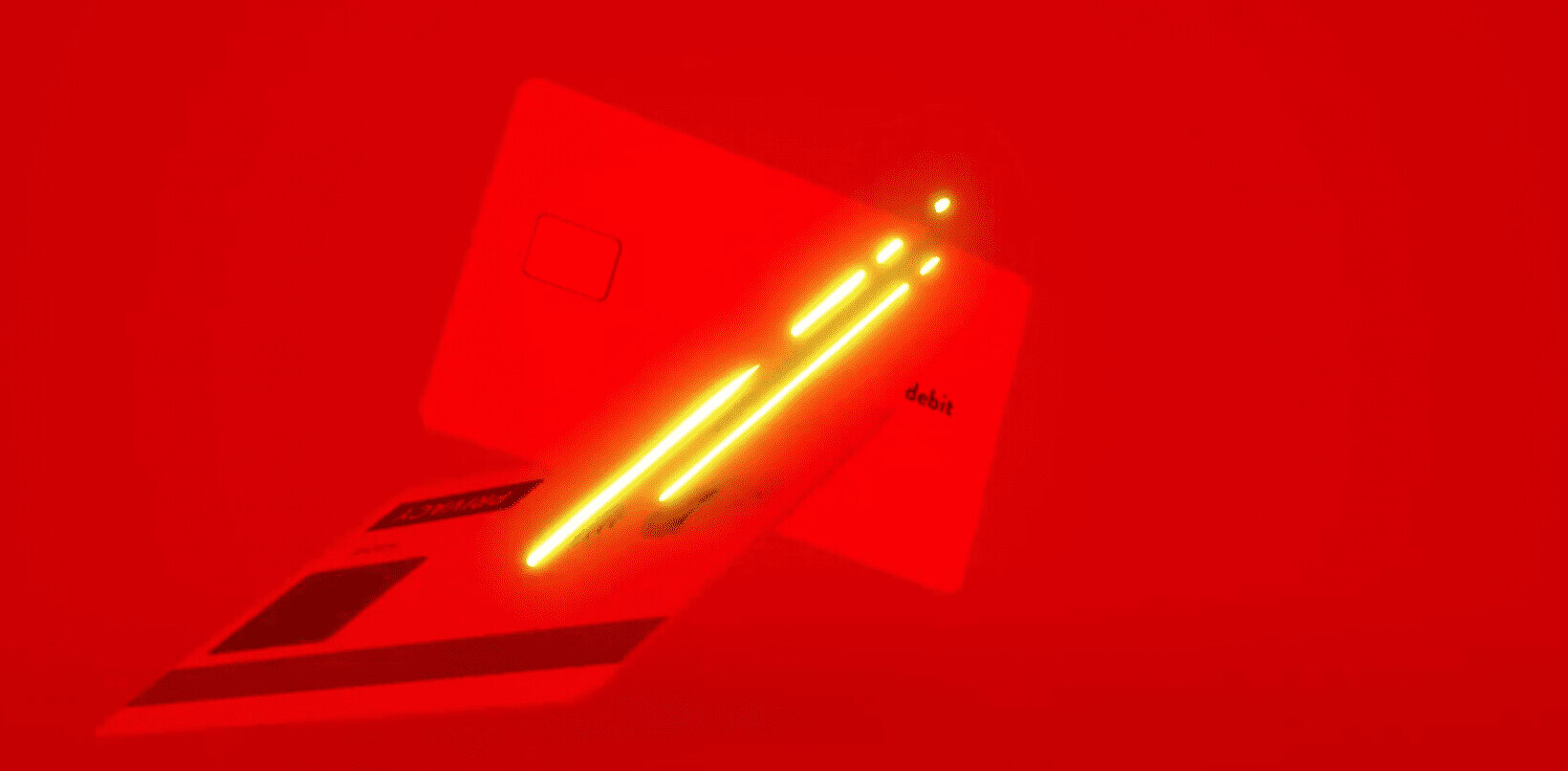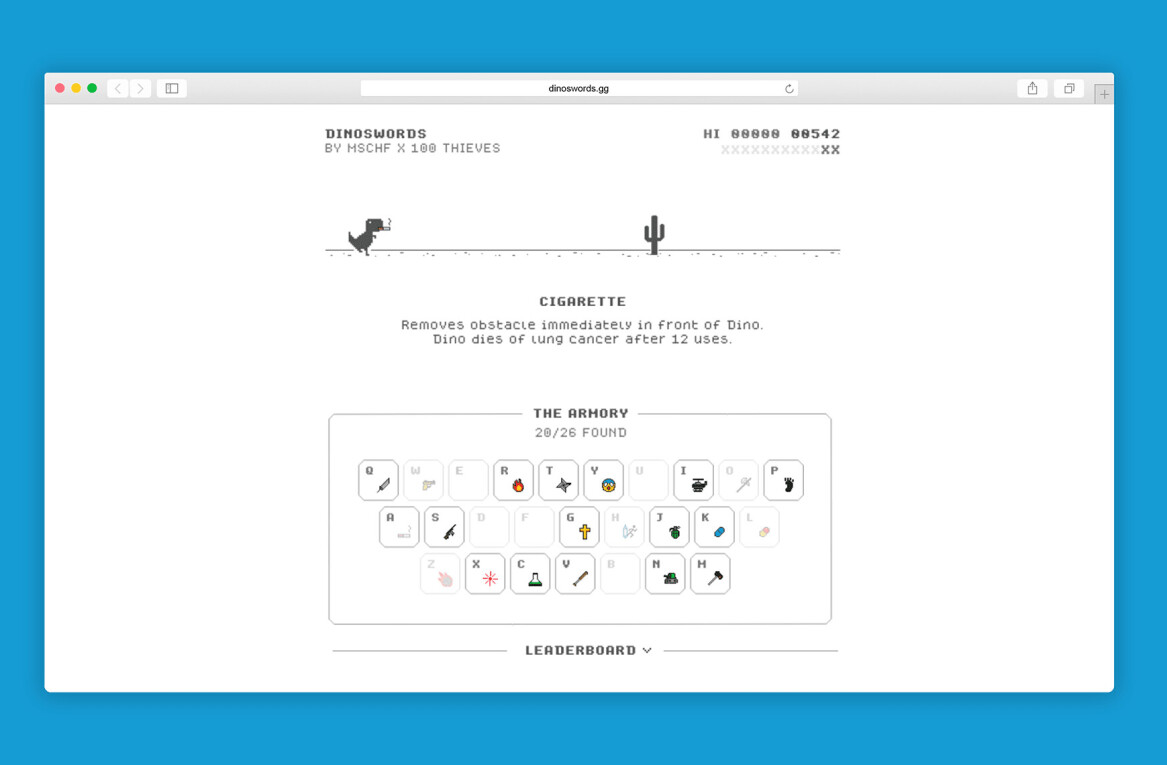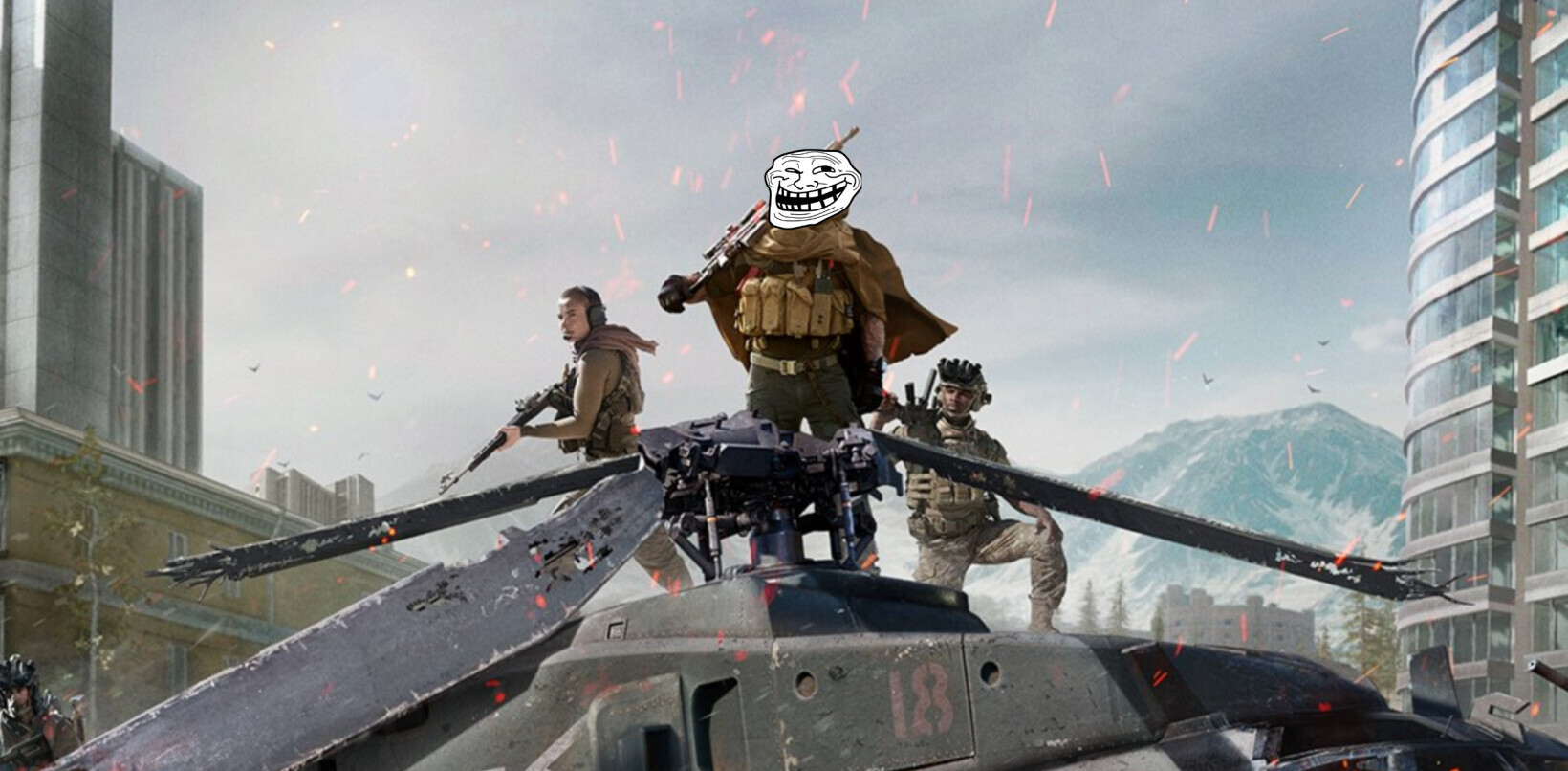
It’s time you met one of our key ancestors, Core Rope Memory. It’s exactly what its name indicates: read-only memory that is comprised of iron cores and metal rope wrapped around them.
Now, to the best part: the storage solution was nicknamed ‘LOL memory.’ Why? Because, and this is so wonderful, Core Rope Memory was often put together by older women who could handle its delicate construction, and was thus known as Little Old Lady memory. They had to, quoting Moon Machines, ”weave the software into [the] core.”
Yes, you can grin now.
Why does the stuff this matter? As it turns out, this LOL memory stuff is quite important: it helped us to land on the Moon. As part of the Apollo Guidance Computer, Core Rope Memory was present in the Lunar Module, helping it land.
For its time, it was dense stuff, but pathetic compared to what we are accustomed to. The entire Apollo Guidance Computer had about 72k of memory on board. That’s not much. Nearly every image you have ever seen here on TNW is larger than that capacity could handle.
Now, to images! Via Drhart.ucoz.com, the following is what the stuff looked like:

And one more, via the same website:

If you’ll excuse me, I’m going to kiss my smartphone.
Top Image Credit: Steve Jurvetson
Get the TNW newsletter
Get the most important tech news in your inbox each week.





